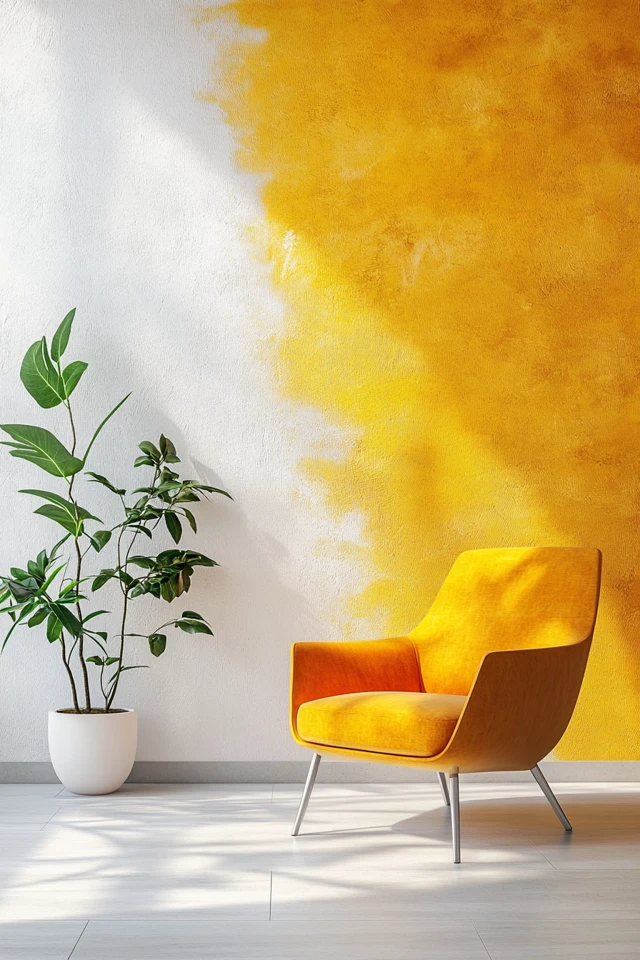Simplifying your home with minimalist decor is about creating a space that’s functional, calming, and free of unnecessary clutter. Minimalist design focuses on intentionality—choosing only the items you love and need, and letting go of the rest. This process transforms your home into a serene environment where every piece has purpose and meaning.
When I began my journey toward minimalist decor, I felt overwhelmed by the sheer volume of things I’d accumulated. Slowly, I started decluttering and focusing on clean lines, neutral colors, and functional furniture. The result was transformative—my home felt lighter, more organized, and genuinely peaceful.
In this guide, I’ll walk you through the steps to simplify your home with minimalist decor, helping you create a space that’s both beautiful and practical.
Why Simplify Your Home With Minimalist Decor?
- Less Stress: A decluttered home feels more serene and is easier to maintain.
- More Functionality: Every item serves a purpose, enhancing how you use your space.
- Timeless Style: Minimalist decor never goes out of fashion, offering a clean and sophisticated look.
- Sustainability: By choosing fewer, higher-quality items, you reduce waste and embrace conscious living.
1. Start with Decluttering
Decluttering is the first step to simplifying your home and setting the stage for minimalist decor.
How to Declutter
- Sort by Category: Focus on one area at a time, such as clothes, books, or kitchen items.
- Ask Questions: Does this serve a purpose? Do I love it?
- Adopt a “One In, One Out” Rule: For every new item you bring in, remove an old one.
- Organize Essentials: Store items you use regularly in accessible spaces, and keep surfaces clear.
Pro Tip:
Decluttering is an ongoing process. Regularly revisit your spaces to ensure you’re not accumulating unnecessary items.
2. Embrace Neutral Color Palettes
Minimalist decor thrives on neutral tones that create a calming, cohesive environment.
How to Use Neutrals
- Paint walls in soft whites, grays, or beiges to provide a clean backdrop.
- Choose furniture in natural wood tones, black, or muted colors.
- Add depth with textured fabrics like linen or wool in similar shades.
Example:
A white sofa paired with a beige rug and light oak coffee table creates a cohesive, minimalist living room.
3. Invest in Multi-Functional Furniture
Simplify your space by choosing furniture that serves multiple purposes.
Examples of Multi-Functional Furniture
- Storage Ottomans: Provide seating and hidden storage.
- Extendable Tables: Perfect for small spaces or entertaining.
- Platform Beds with Drawers: Offer a streamlined look and extra storage.
Styling Tip:
Look for furniture with clean lines and minimal detailing to maintain the minimalist aesthetic.
Picture Gallery
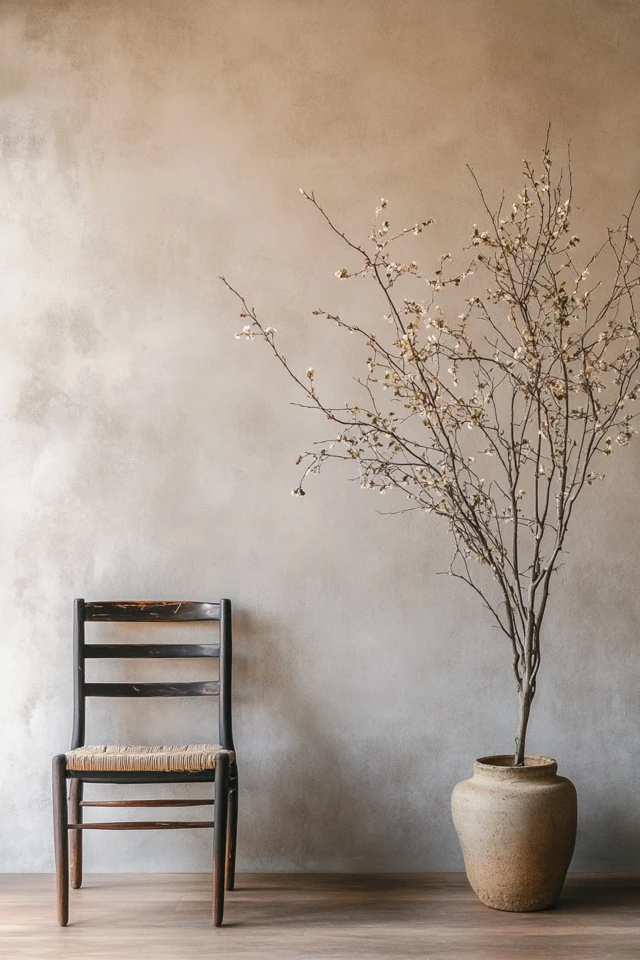
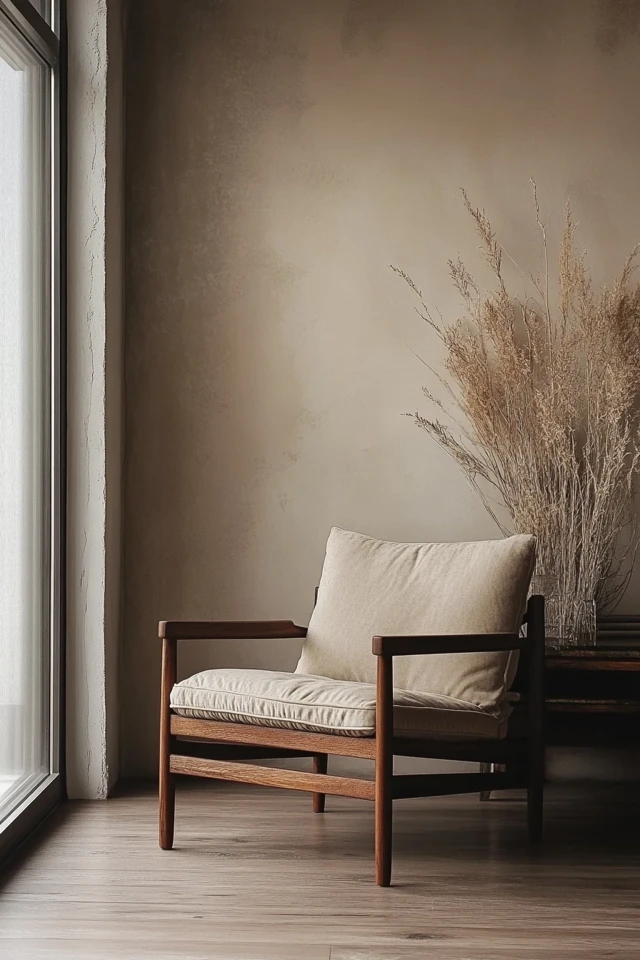
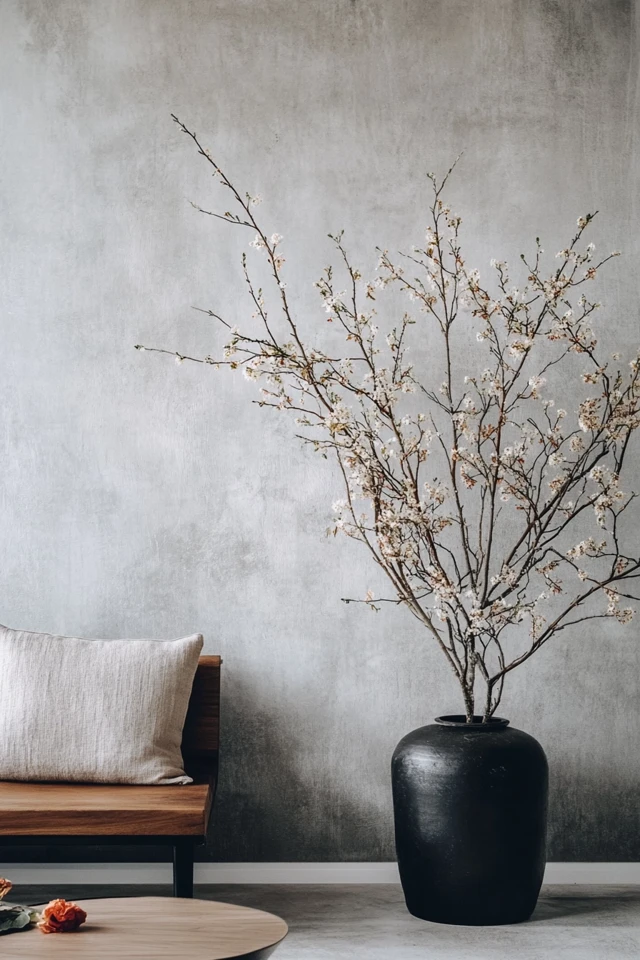
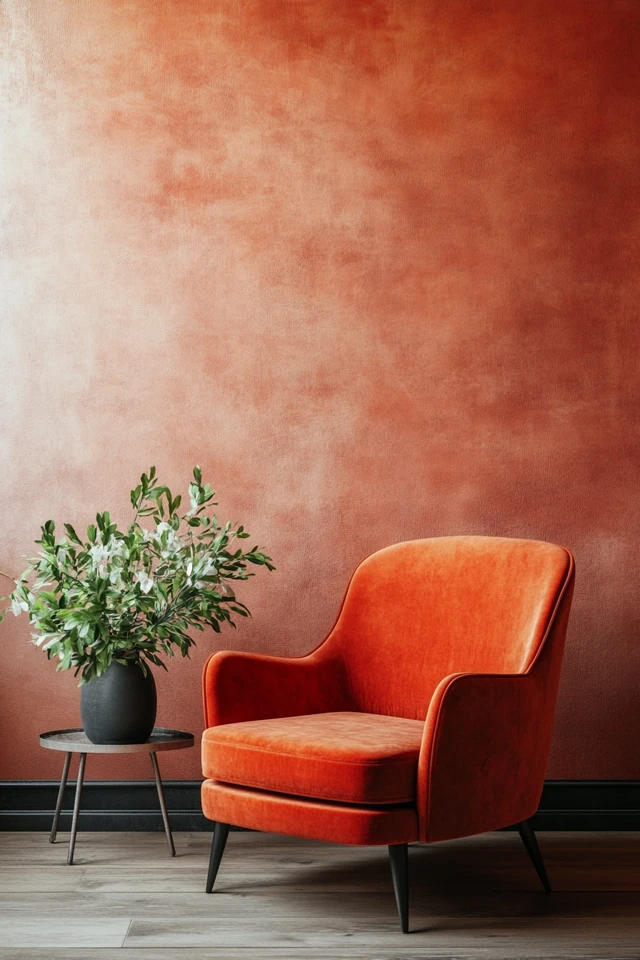
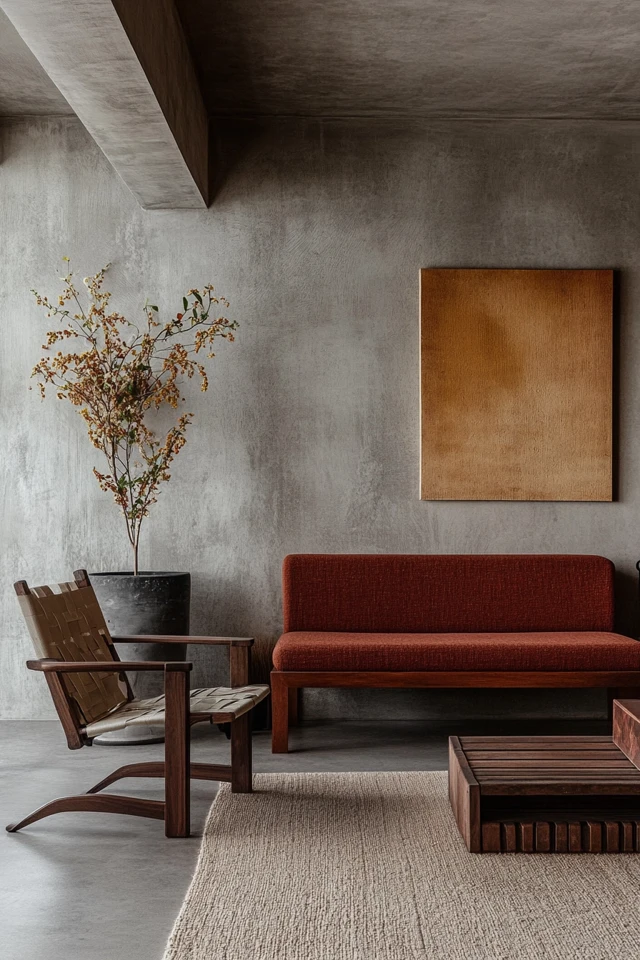
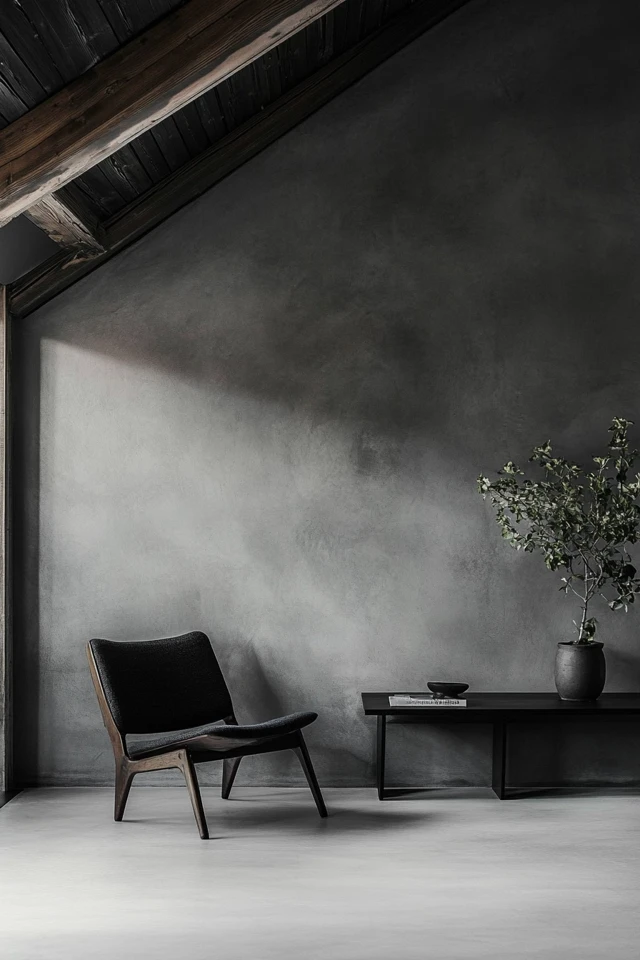
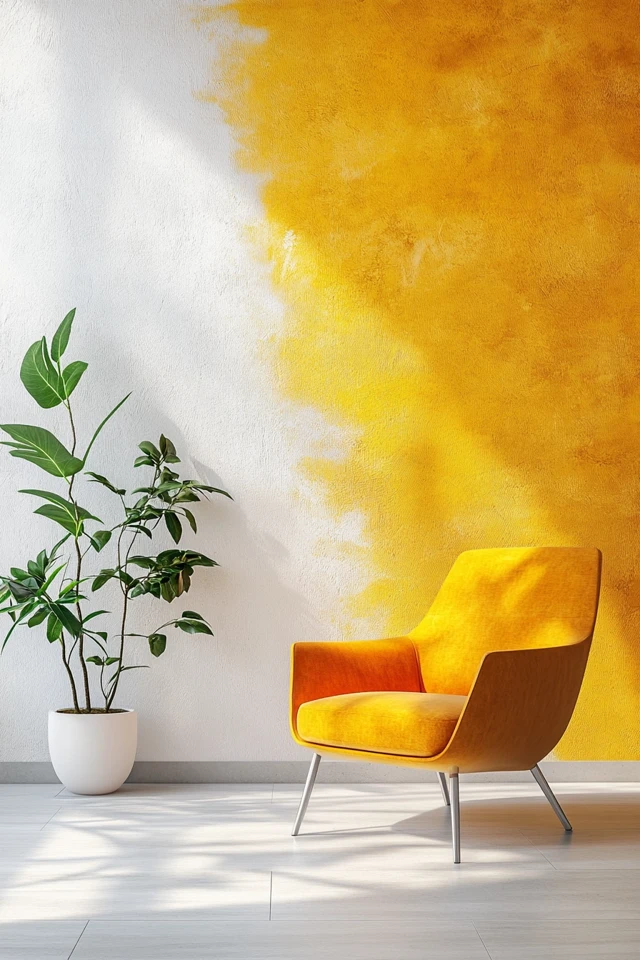
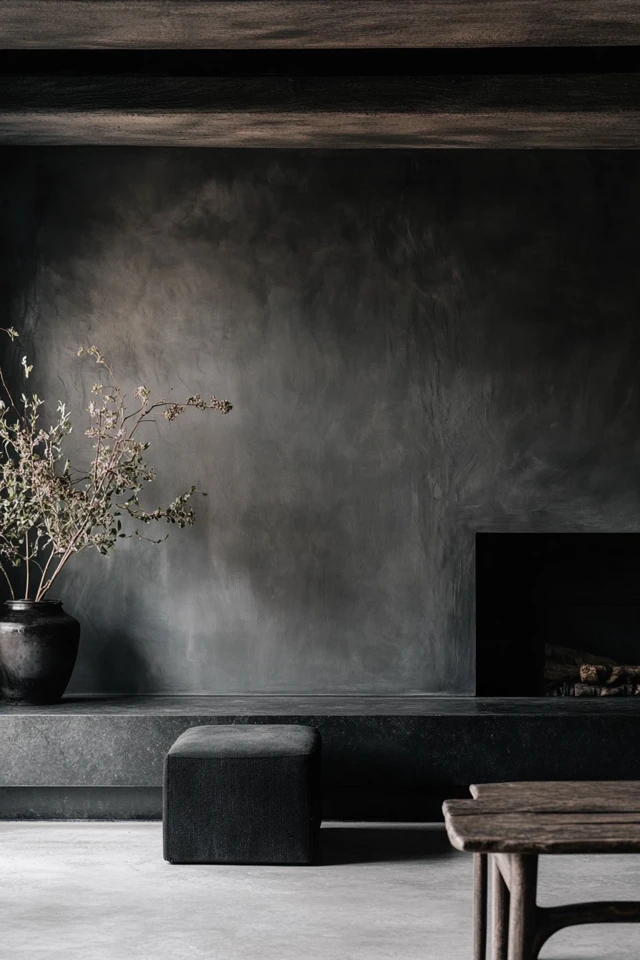
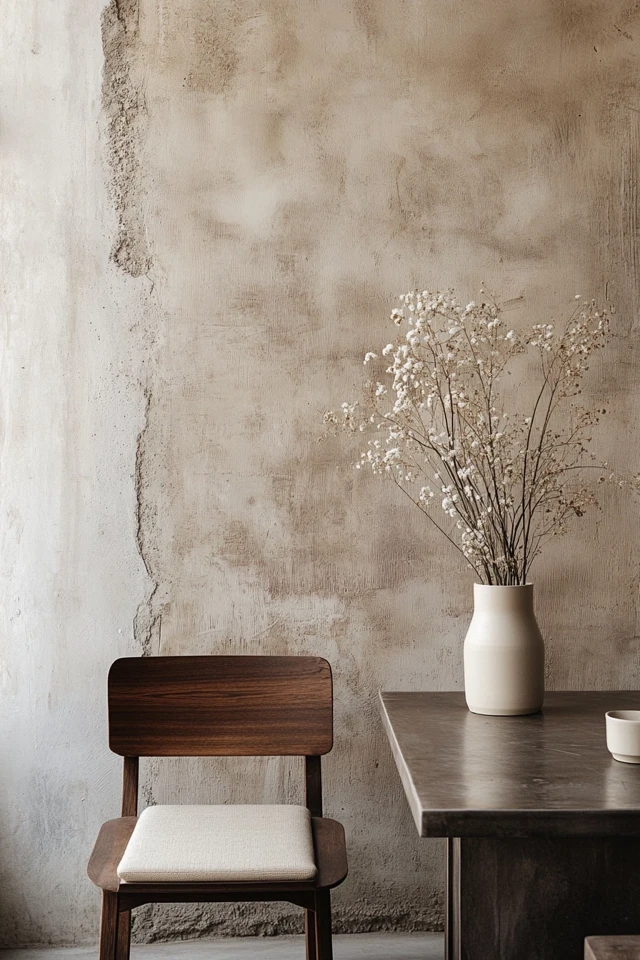
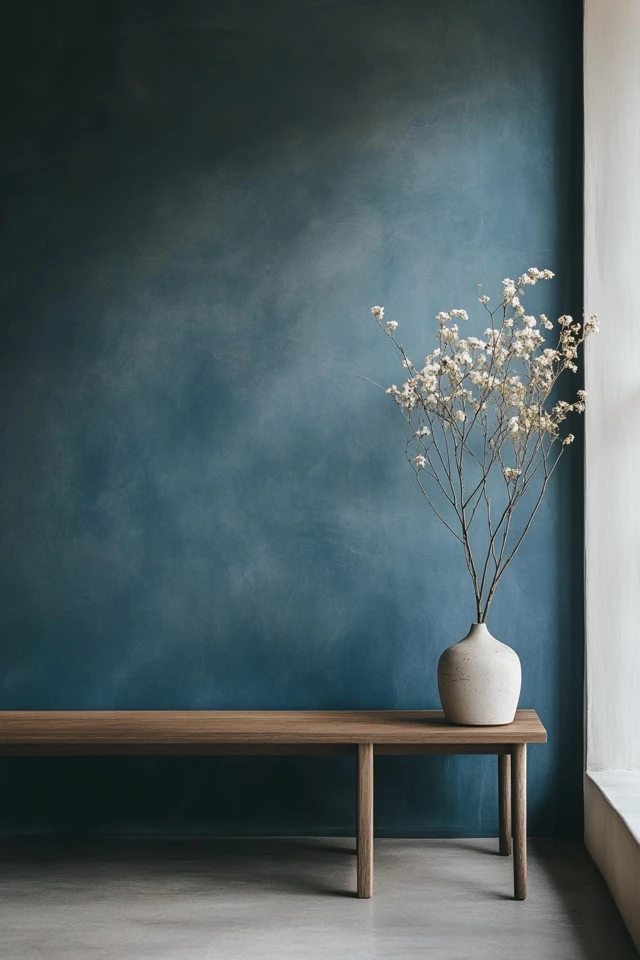
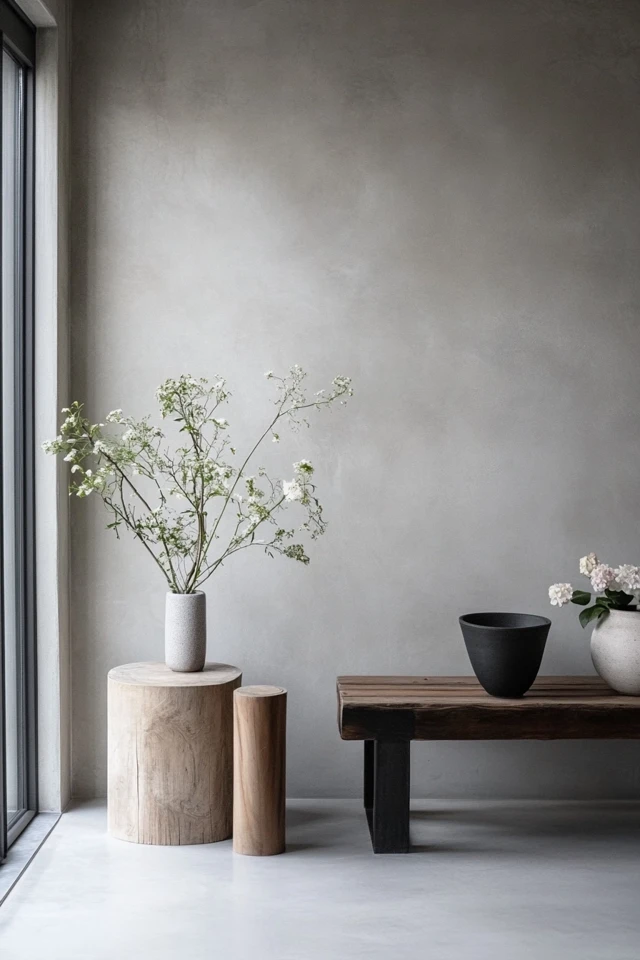
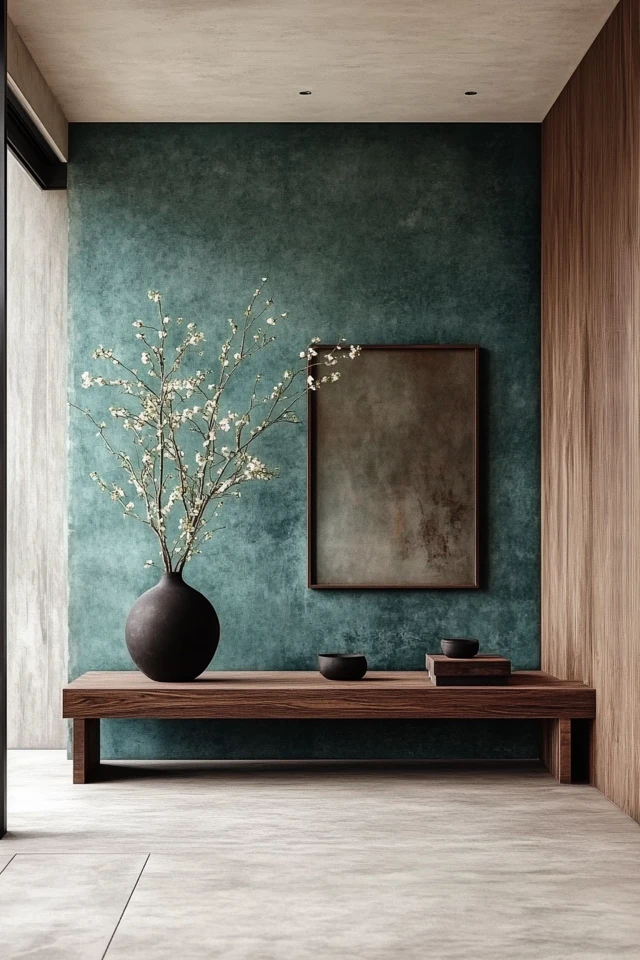
4. Clear Surfaces and Open Spaces
Minimalist decor relies on negative space to create a sense of openness and calm.
How to Keep Surfaces Clear
- Limit decor to one or two meaningful items, like a vase or a framed photo.
- Use hidden storage to keep everyday essentials out of sight.
- Avoid overcrowding furniture—leave empty space around each piece.
Example:
A dining table with just a single ceramic bowl as a centerpiece feels more intentional and serene than one cluttered with decor.
5. Choose Functional Decor
Decor in a minimalist home should be both beautiful and practical.
What to Look For
- Mirrors: Reflect light and create the illusion of more space.
- Plants: Bring life and color without overwhelming the room.
- Storage Baskets: Use woven or fabric baskets to organize items while adding texture.
Styling Tip:
Stick to a cohesive color palette for decor items to maintain simplicity and harmony.
6. Incorporate Natural Materials
Using natural materials adds warmth and texture to minimalist interiors while maintaining simplicity.
Ideas for Natural Materials
- Wood: Light oak, walnut, or teak for furniture and shelving.
- Stone: Marble or concrete for countertops and decor.
- Textiles: Linen, wool, or jute for rugs, curtains, and throw pillows.
Example:
A woven jute rug under a wooden coffee table instantly adds organic texture to a minimalist living room.
7. Use Storage to Reduce Visual Clutter
Smart storage solutions are key to maintaining a minimalist home.
Storage Tips
- Opt for furniture with built-in storage, like a bed frame with drawers or a sideboard.
- Use labeled bins or baskets to organize smaller items.
- Store seasonal or rarely used items in closed cabinets or closets.
Styling Tip:
Choose storage furniture in the same tone as your walls or floors to blend seamlessly into the space.
8. Keep Wall Art Minimal
Minimalist walls don’t need to be bare, but art should be intentional and restrained.
Wall Art Ideas
- Hang one large piece of abstract art for a focal point.
- Choose black-and-white photography for a timeless look.
- Limit gallery walls to a few curated pieces with consistent frames.
Example:
A single oversized framed print above a sofa creates a bold yet minimalist statement.
9. Layer Textures Instead of Patterns
To add visual interest without visual clutter, focus on texture rather than busy patterns.
How to Layer Textures
- Use woven rugs, knit throws, or quilted bedding for warmth.
- Pair smooth surfaces like glass or metal with soft textiles like linen or cotton.
- Incorporate tactile decor, such as ceramic vases or wooden bowls.
Styling Tip:
Stick to a neutral color palette while varying textures to create a sophisticated, cohesive look.
10. Focus on Lighting
Lighting is essential for setting the tone in minimalist interiors.
Lighting Tips
- Use floor or table lamps with clean, sculptural designs.
- Install dimmer switches to adjust lighting based on mood and time of day.
- Maximize natural light by using sheer curtains or leaving windows bare.
Example:
A simple brass floor lamp beside a sofa creates a functional yet elegant lighting solution for a minimalist living room.
Conclusion
Simplifying your home with minimalist decor is about focusing on what truly matters—creating a space that’s beautiful, functional, and peaceful. By decluttering, embracing neutral tones, and choosing intentional decor, you can transform your home into a sanctuary of calm and simplicity.
For me, adopting minimalist decor was more than a design choice—it was a lifestyle shift. My home became easier to maintain, and the intentionality behind each piece brought me a sense of joy and purpose.
So, take it step by step. Simplify your space, layer in natural textures, and let go of the excess. You’ll soon find that less truly is more.
FAQ
Can minimalist decor work in a small home?
Yes! Minimalism is perfect for small spaces because it reduces clutter and emphasizes functionality, making the space feel larger and more open.
How do I balance minimalism with a cozy feel?
Incorporate warm textures, soft lighting, and natural materials like wood or wool to add coziness to a minimalist space.
What decor items are essential in minimalist homes?
Essential decor includes plants, mirrors, and one or two meaningful pieces like a vase, sculpture, or framed artwork.
Do minimalist homes have to be completely neutral?
Not necessarily. You can add muted or earthy tones as accents, but keep the overall palette cohesive and restrained.
How do I maintain a minimalist home?
Regularly declutter, adopt a “one in, one out” rule, and focus on investing in quality pieces rather than accumulating excess items.

